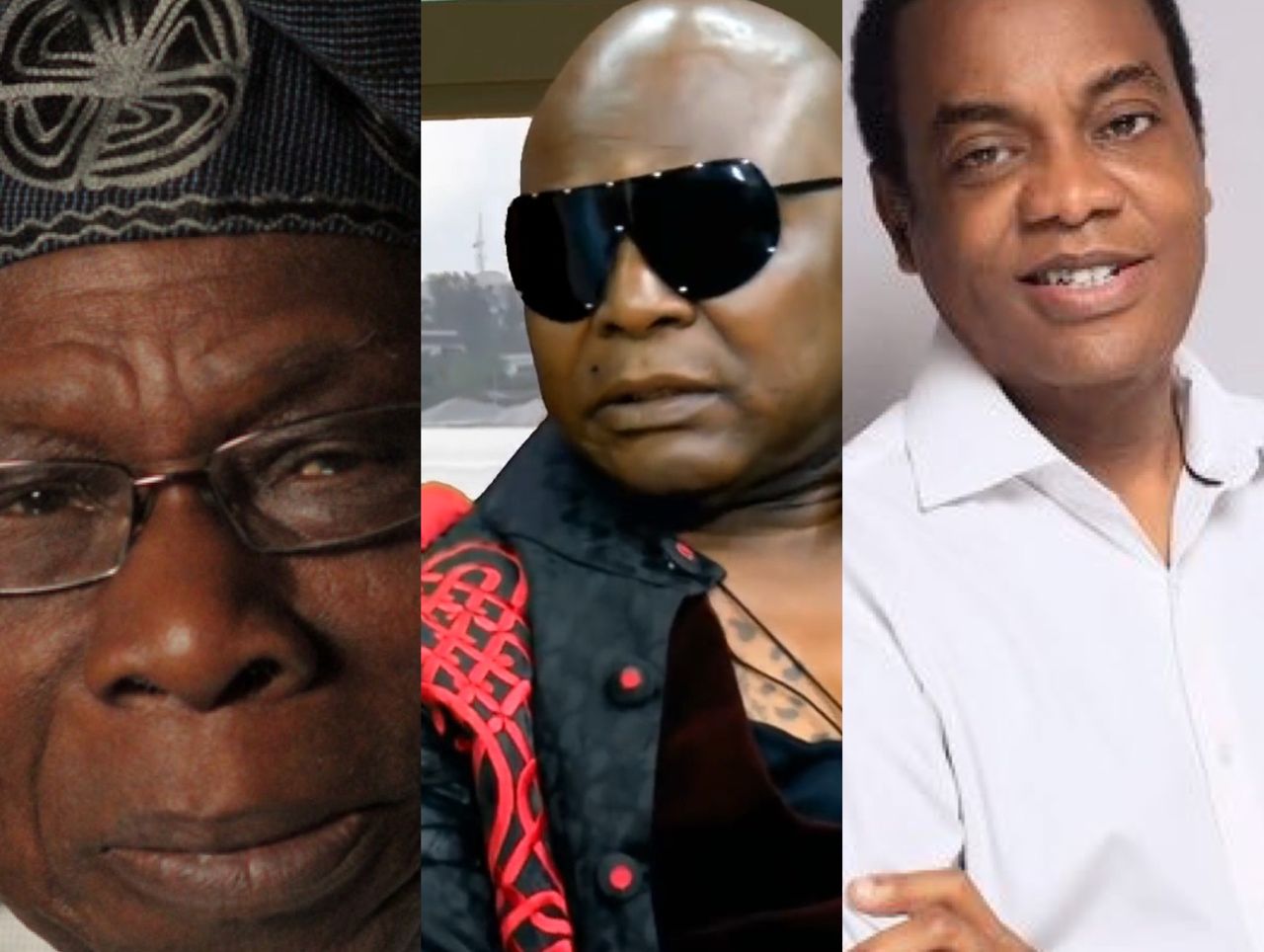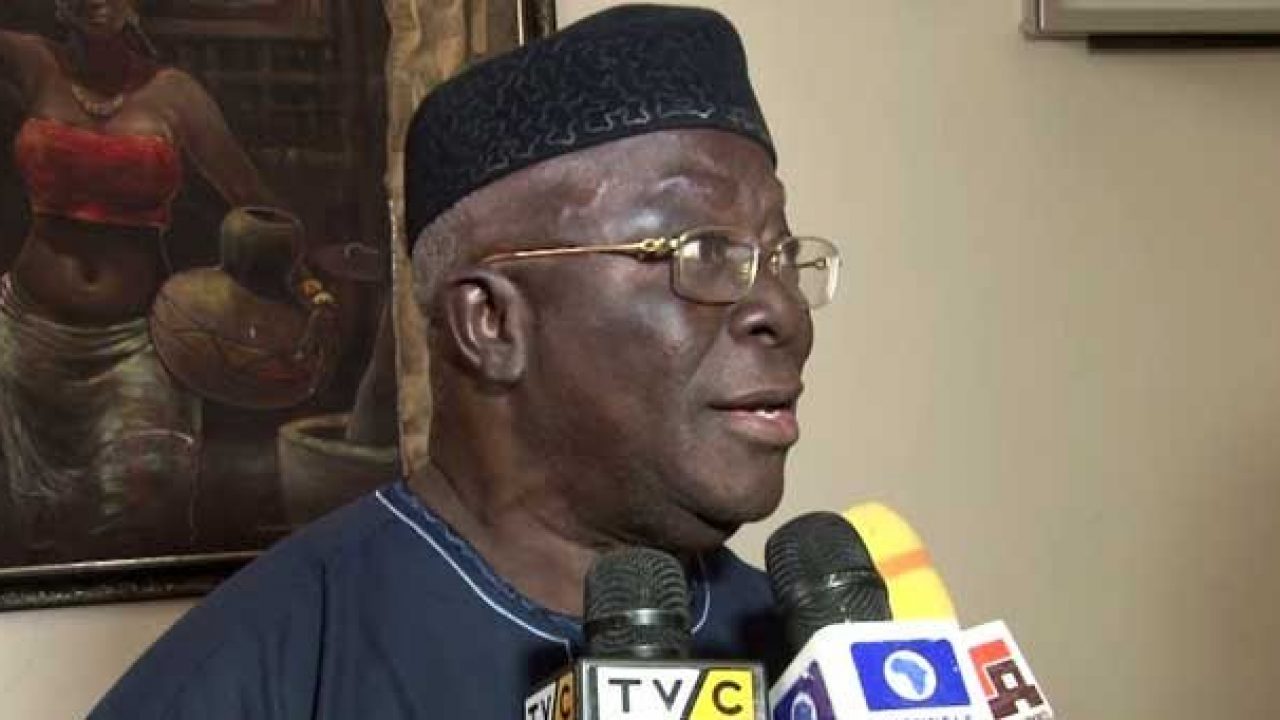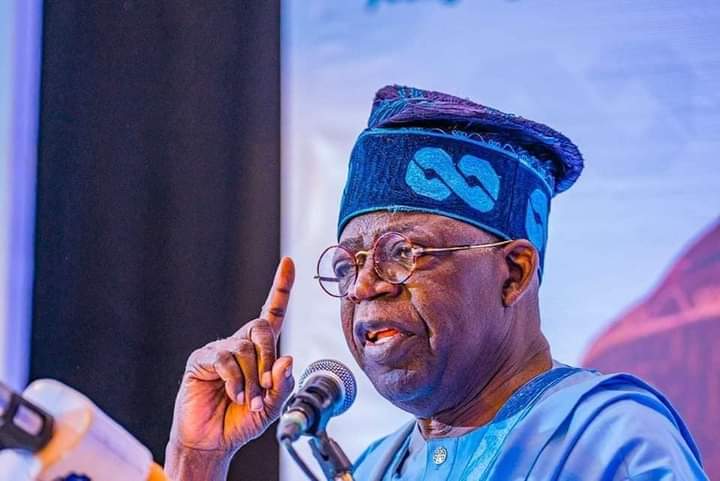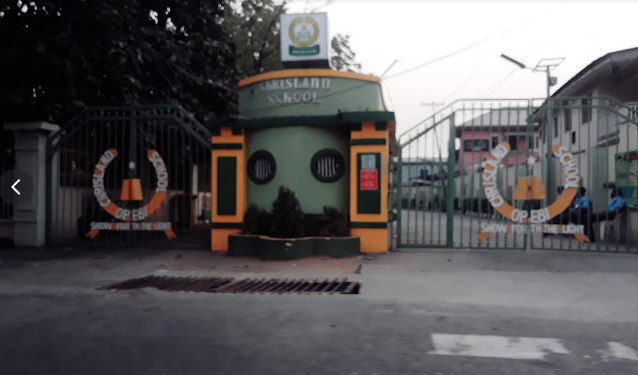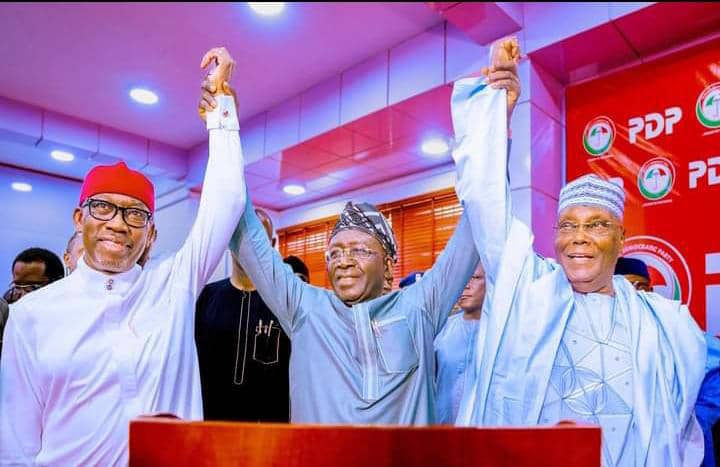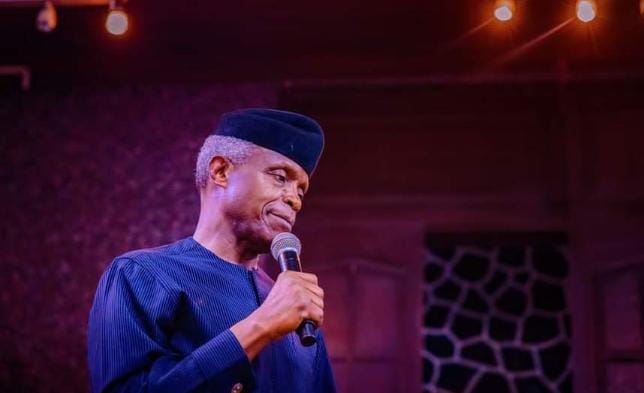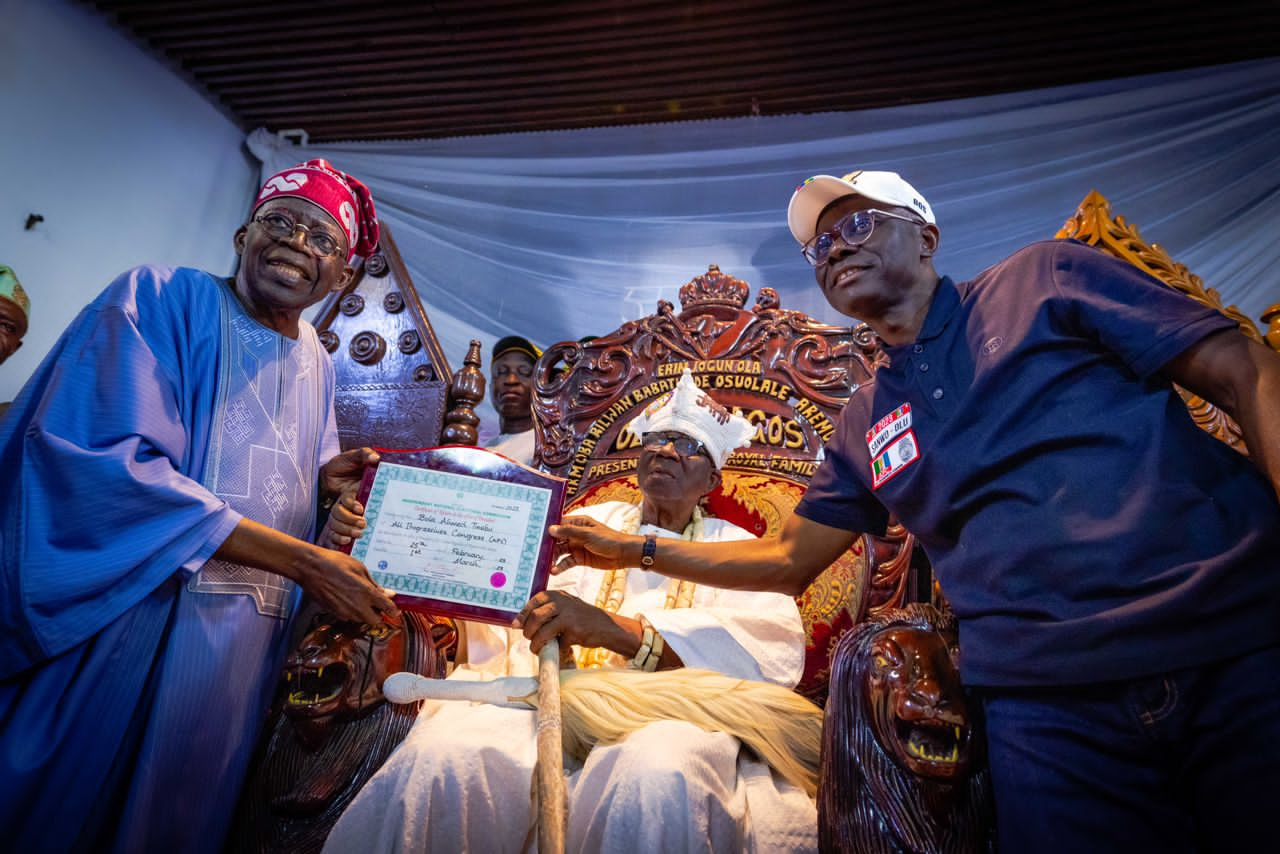An audio clip purportedly of former President Olusegun Obasanjo, and Donald Duke, former governor of Cross River states, has been circulating online.
A part of the audio appears to have been recorded when Charles Oputa, also known as Charly Boy, put a call through to Obasanjo. The other part of the audio sounds like a conversation between Donald Duke and the ex-president.
“Ex-President Obasanjo rejects 2023 presidential election as stolen and asks Charly Boy, Donald Duke to rally Nigerians in protest against Bola Tinubu,” reads the Twitter post.
The post which was shared on an online news platform has gathered more than 550.8K views. Specifically, the audio has been played over 111.8k times.
Advertisement
In the audio file, a voice alleging to be that of Charly Boy could be heard asking Obasanjo, “the only thing I wanted to confirm is if truly, cos we don’t know what is fake news anymore if you had really gone to INEC”.
TheCable had debunked disinformation claiming that Obasanjo visited the INEC collation centre in Abuja with the original result sheet.
“No. I haven’t,” Obasanjo allegedly responded, adding that “they want to steal the victory. We must not allow them”.
Advertisement
Also, a voice sounding like that of the former president said that the youths should protest the election result, hoping that when the nation is paralysed, there would be a solution.
Further in the recording, another voice entirely, which appears to be that of Donald Duke, asked Obasanjo about the way forward.
“Well, we have done all that we can do now. But, I understand that the youths are not accepting. So, we should make sure that the youths don’t accept. That’s all,” Obasanjo allegedly responded.
“The youths should not accept and if they want to kill the youths, let them kill and then they will not live after that.”
Advertisement
VERIFICATION
To verify the authenticity of the audio clip, the audio was analysed using Python, a high-level, general-purpose programming language.
Sample clips from the viral audio were transformed into vectors in a process known as embedding.
This same process was also carried out on established audios of Obasanjo, where he spoke at public functions or national platforms. The authentic audio clips of Obasanjo served as the reference audio for the verification process.
Advertisement
The samples from the viral video were then compared with the authentic audio clips.
Ideally, the process should yield similar scores if the suspected sample is similar to the established audio samples.
Advertisement
FIXING OF THRESHOLD
In fake speech detection, a confidence level of 80 percent is targeted, which is the generally accepted threshold for an audio file to be considered similar to the authentic one.
Advertisement
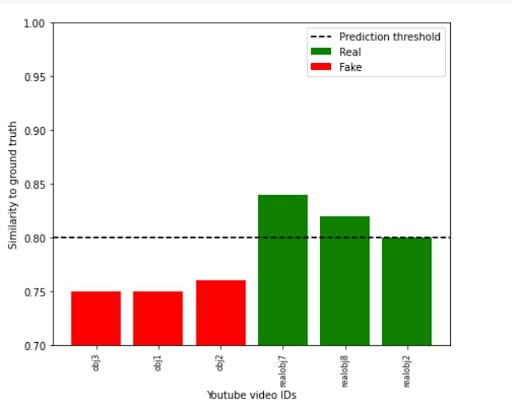
In a case where they are below the expected threshold, then the suspected audio sample is considered fake.
The viral audio seems to have been generated in line with the Independent National Electoral Commission’s (INEC) refusal to suspend the election result collation process, over widespread violations reported by some Nigerians and opposition parties.
Advertisement
Using this embedding method, TheCable compared eight different authentic audio speeches of Obasanjo with the circulating audio.
In each case, the viral clip did not match the 80 percent threshold.
VERDICT
The circulating audio has been doctored to mislead. Hence, the comments therein can’t be attributed to the ex-president and other individuals in the clip.
Add a comment

